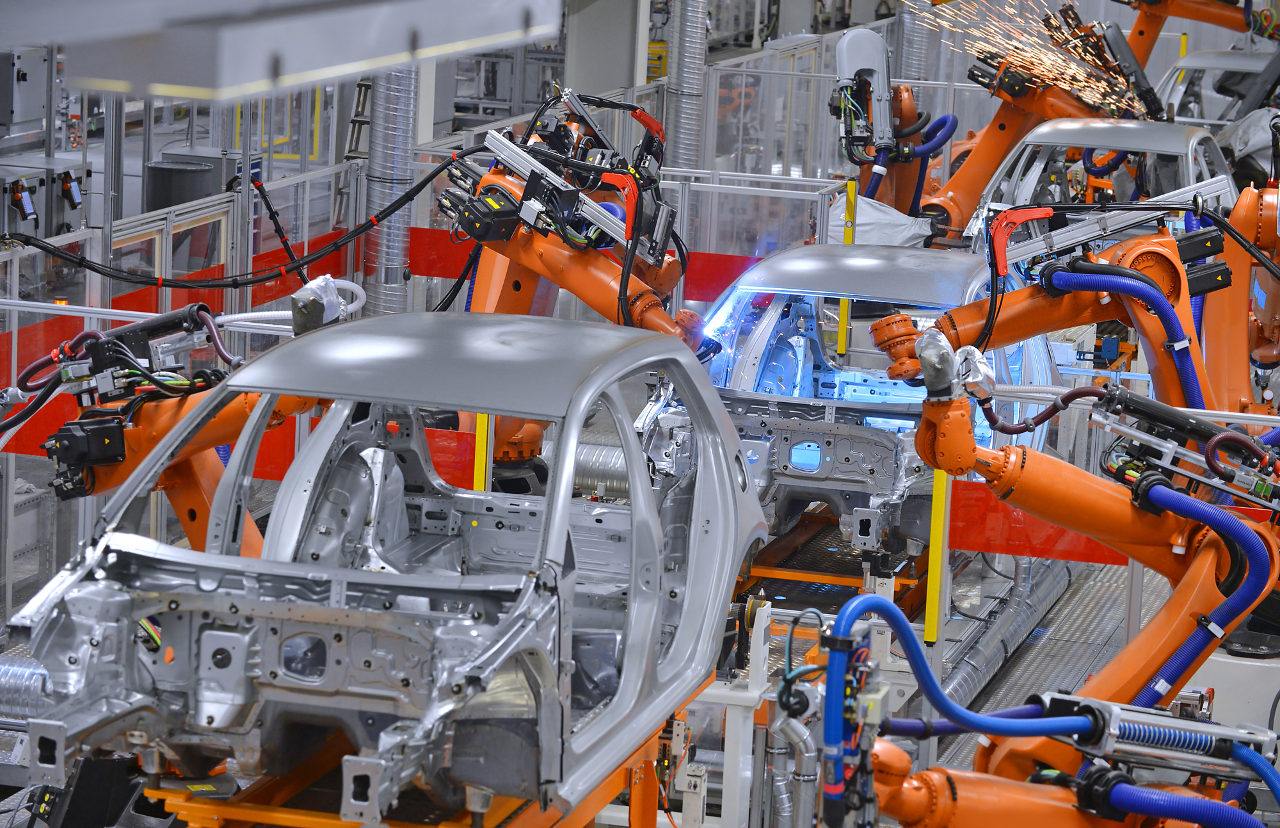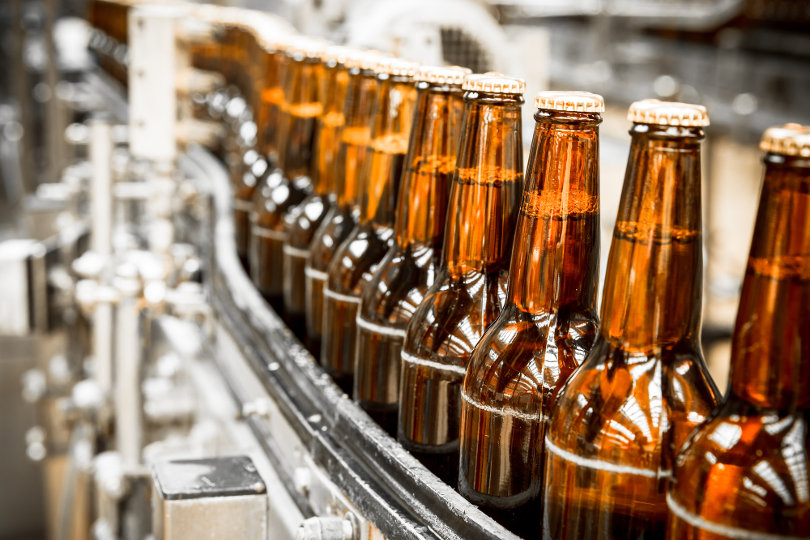AI is the use of machines to copy the cognitive functions of human beings of thinking, analyzing and solving problems. These machines are referred to as human agents.
In this article, we will analyze ways in which AI positively disrupts the manufacturing process.

Production design
The need for a well-designed production process cannot be over-emphasized. 80% of the whole process of production costs is affected by the decisions that are made in the design stage. Any plans to cut costs should, therefore, be made at this stage.
AI adopts the human process of forecasting and comes up with the most optimal route of production. What are the results of the adoption?
1. Increased efficiency
Machine learners cut out all the unnecessary production routes. This, in turn, reduces wastage in materials and labor input.
It is at the design stage that multi-tasking machines are adopted, thus reducing the cost of capital requirements.
2. Increased innovation
This increases the chances of producing high-quality products, which meets the market standards.
Design Simulation
After designing a product, you must test its potential performance in the market. Traditional methods include producing the products in low volumes and exposing them to the market to gauge customer response.
What does this mean?
Actual production must happen to get products for testing in market conditions. Whether production process will be abandoned or not, supply chain machines have to be put in place.
Machine learning is introduced to simulate the design and test its readiness for the market before actual production. The intended function of a product is validated, verified and matched to the market requirements.
Corrections are made in the design and simulation process repeated until product functionalities are satisfactory.

Production
This is the stage where the actual production process takes place. Incorporation of AI helps in the smoother running of the operations in the following ways:
1. Decrease input costs
This is where machines are actively involved in the process such as packaging and loading. Up to 50% of costs can be saved by automation of production processes.
Machine learners detect faults before they affect the supply process and alerts on the same, thus reducing the machine breakdown and process downtime costs.
They also predict failure of a machine upon installation so that it can be returned to the manufacturer before it is incorporated in the process.
2. Supervisory costs
AI machines closely monitor production processes and ensure strict adherence to product design. Unlike human beings, machine learners don’t get exhausted. Therefore, they cannot abandon their production posts or make errors while changing shifts.
As a result, final products are an exact match of the design.
Meeting Just-in-Time commitment
One of the aspects of the lean production systems is meeting customer needs as and when required.
Machine learners set manufacturing times and processes to make sure that products are ready Just-in-time. This reduces storage costs while at the same time enhancing customer satisfaction.
AI is also incorporated to provide alerts to support departments whenever their input is required. AI optimizes work in progress and assists in additional value decisions after production.

Final thoughts
AI is quickly becoming a central part of the lean production culture. While workers see its incorporation as a threat to their jobs, it is a sure bet for reduction of costs.
By helping in the design, simulation, production and lead time management, it is a potent tool for mitigating risks and costs in production.


